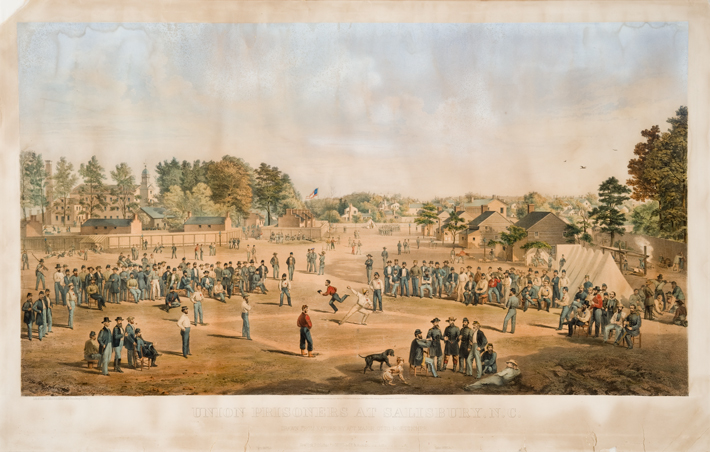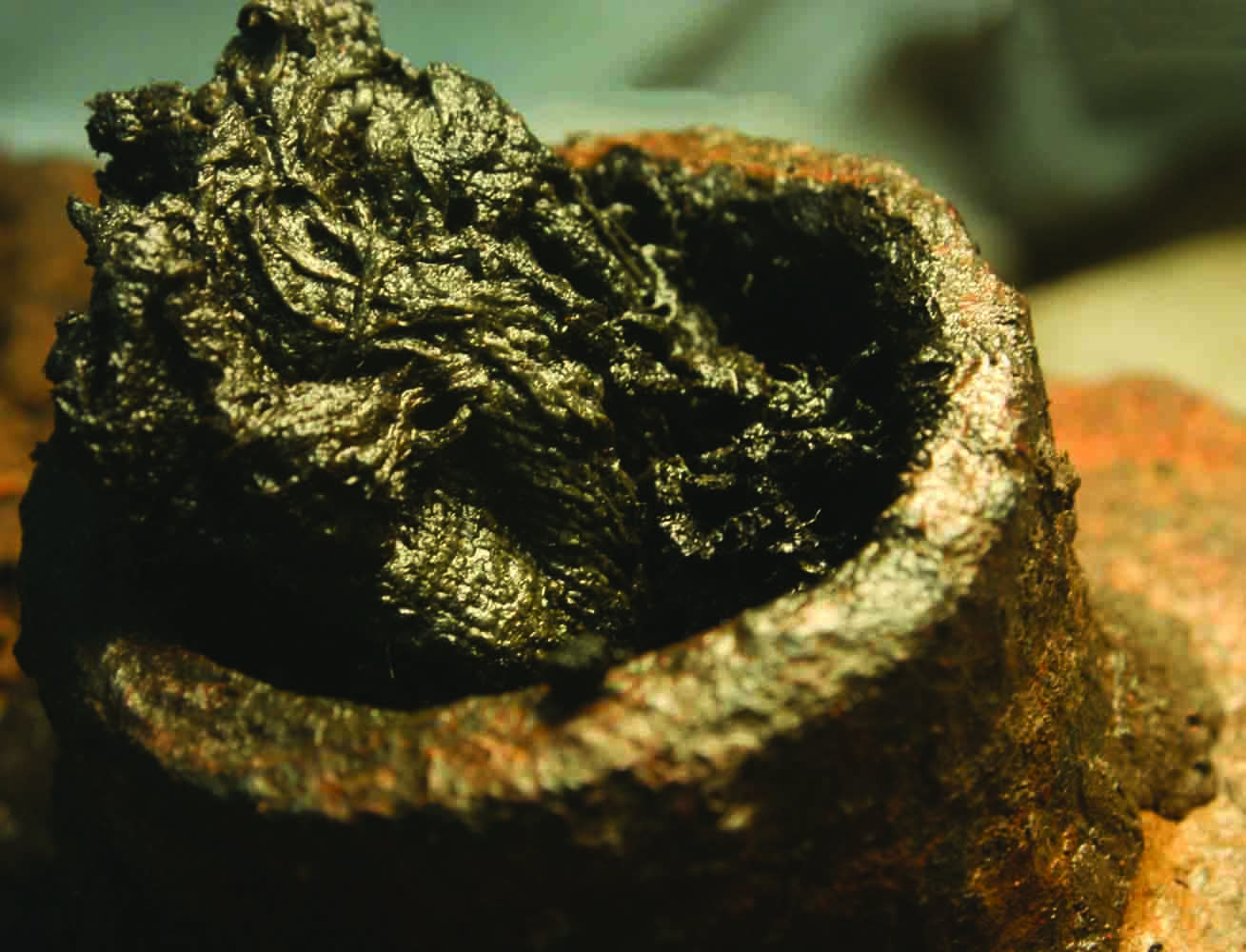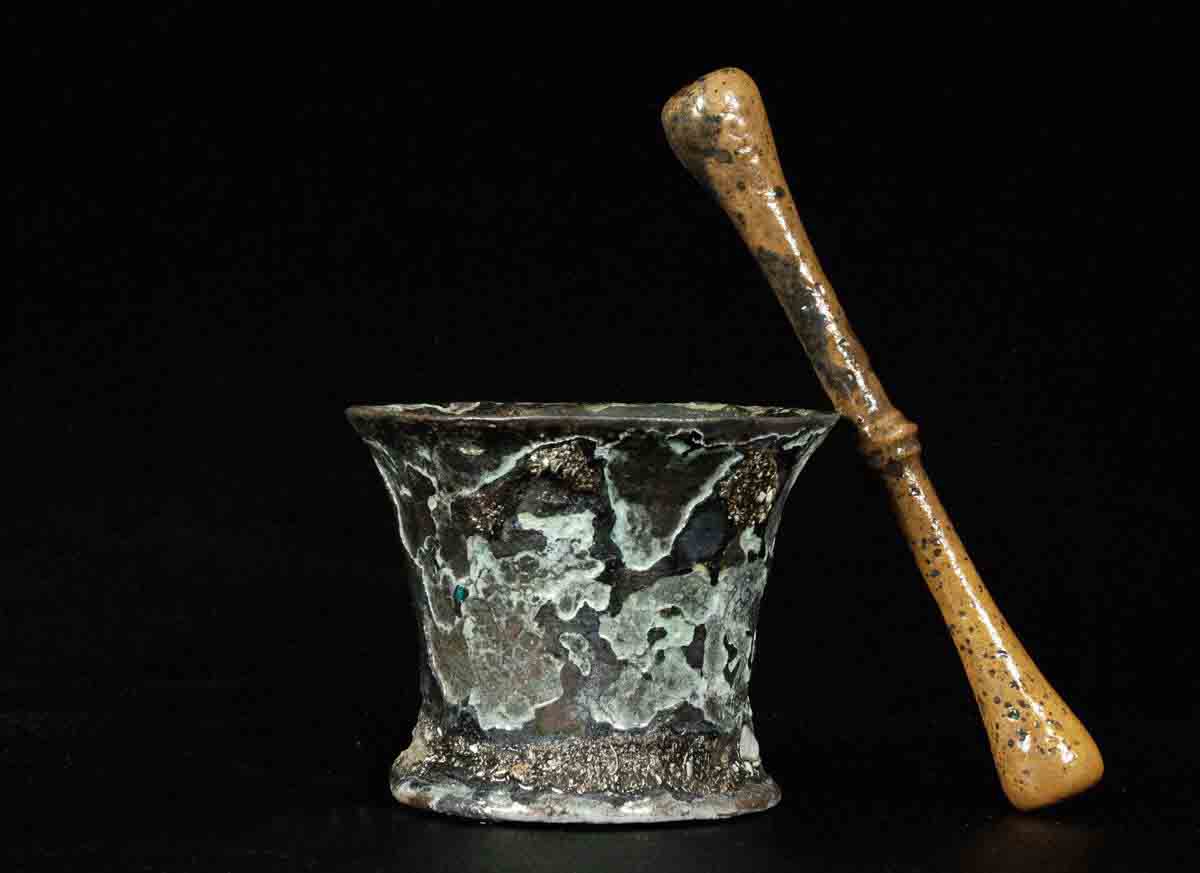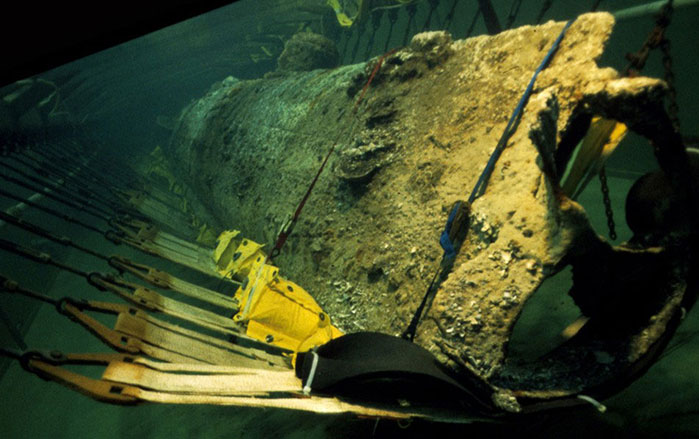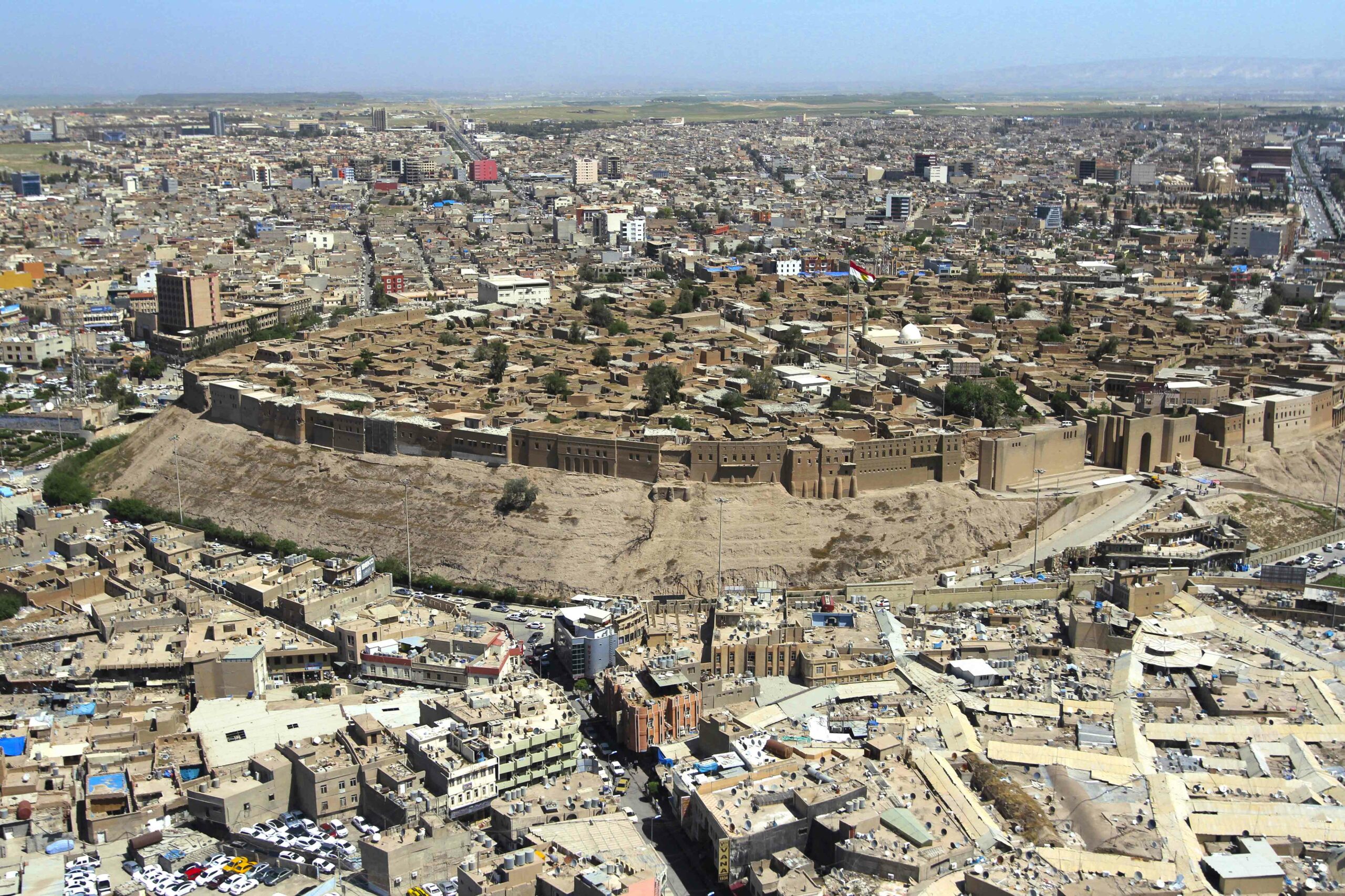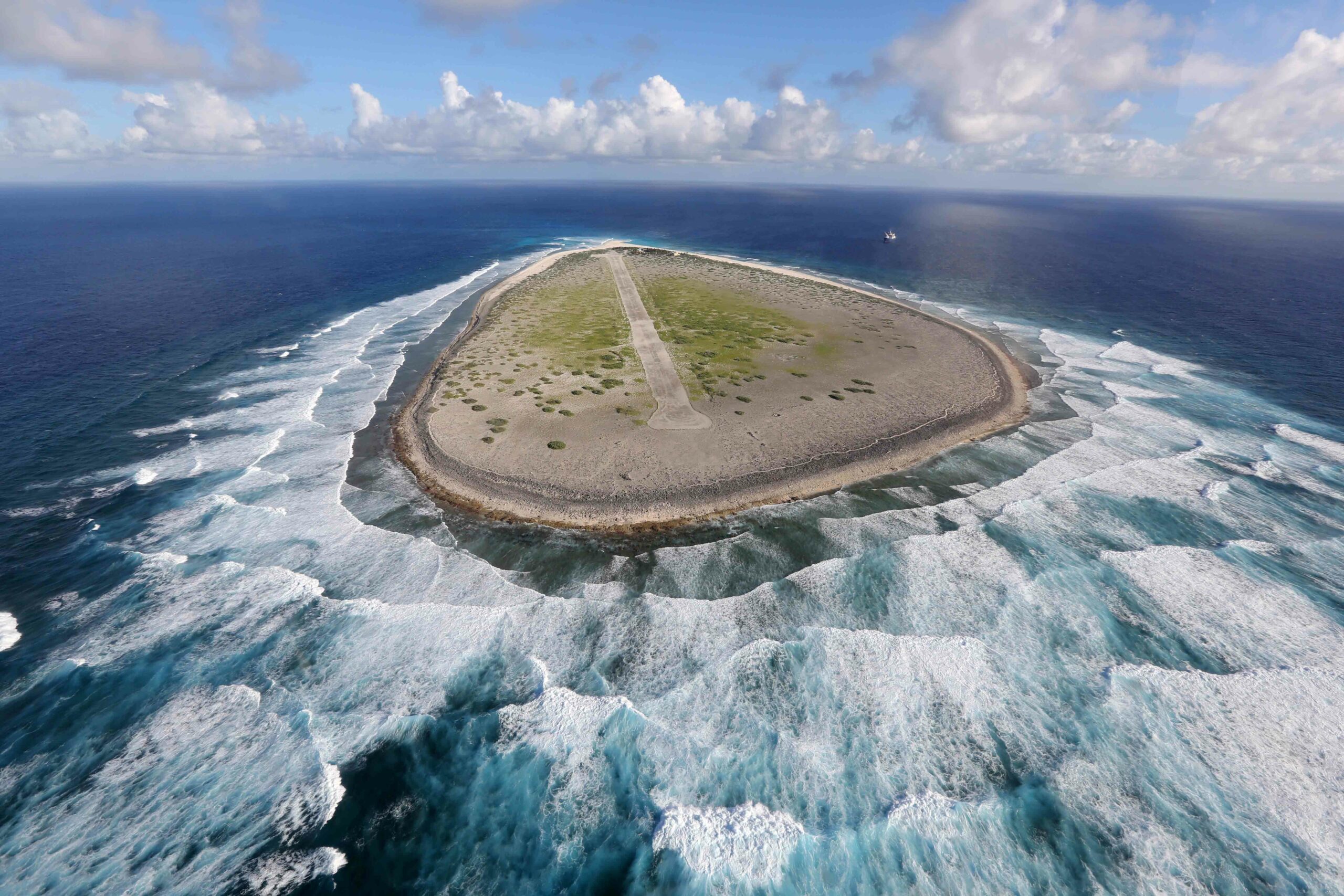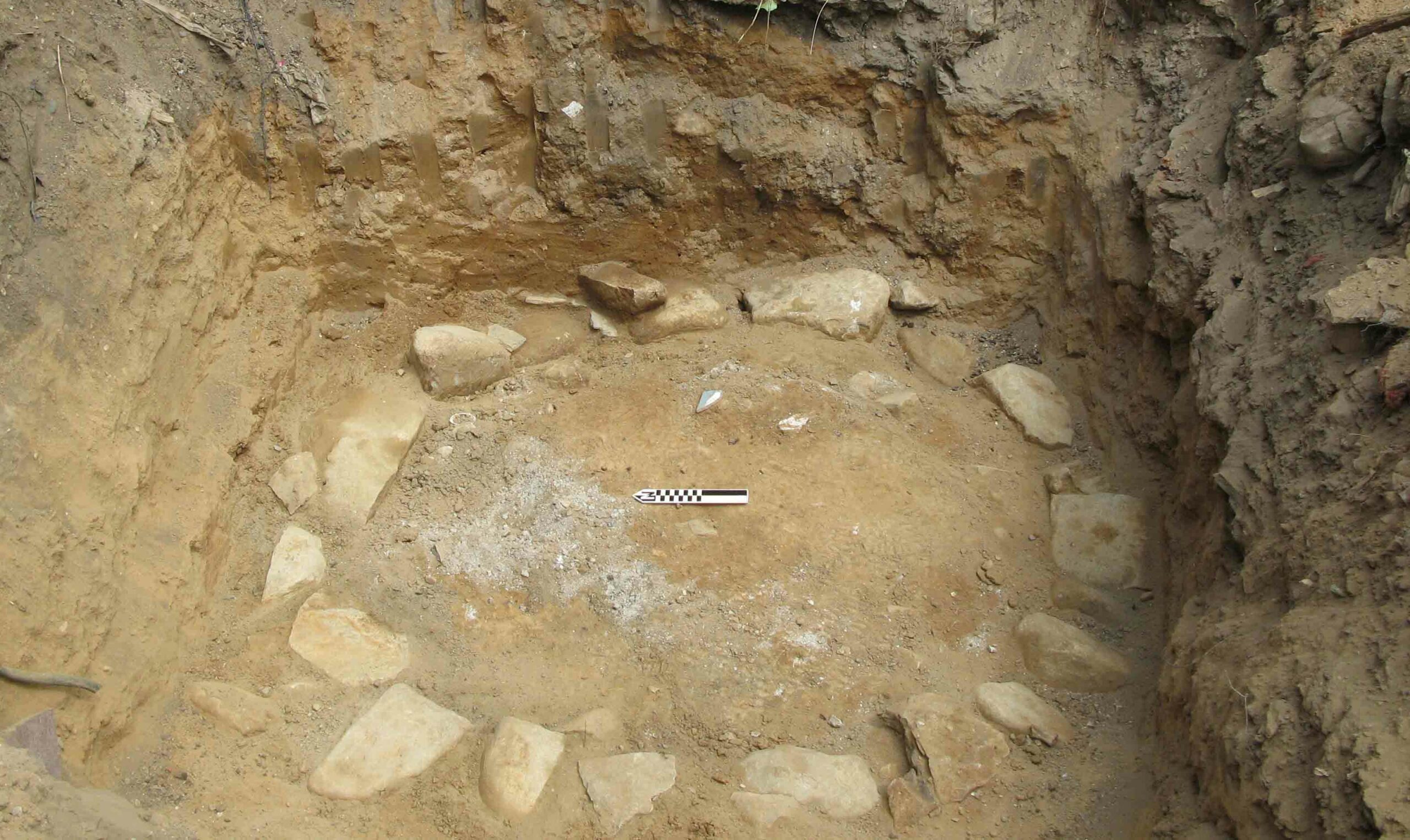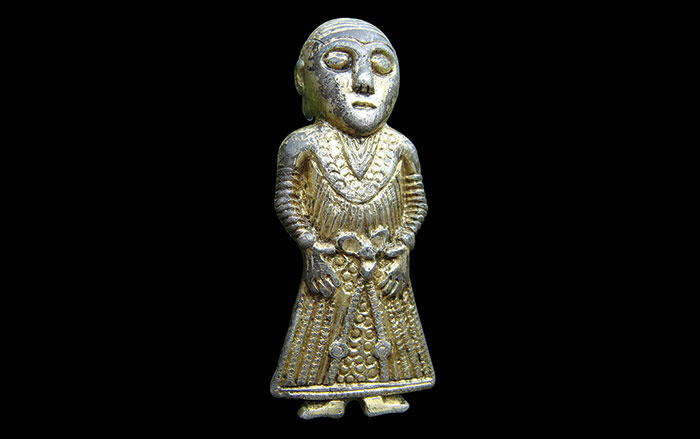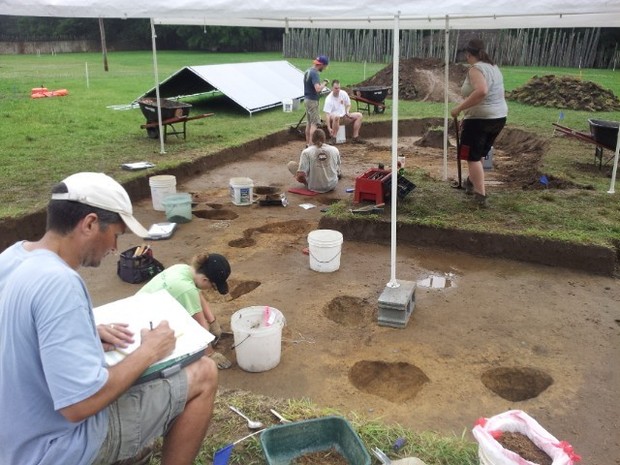
GREENVILLE, NORTH CAROLINA—New excavations at Town Creek Indian Mound by archaeologist Tony Boudreaux of East Carolina University challenge the idea that the site served strictly as a ceremonial center inhabited by priests and visited once a year by local people. “Early on, when the Mississippian community was first founded, there seemed to be a village of at least ten houses, maybe more. There was no mound yet. There were public buildings in the area where the mound would be built,” Boudreaux explained to The News Observer. He suggests that as the residents died, they were buried in the floors of their homes until the area became a cemetery containing the remains of more than 500 people. Eventually the mound and the temple on top of it were constructed. “That’s the place where the ancestors live, where the chief is on the mound performing ceremonial activities that will help keep the universe spinning,” he said. To read about a recent discovery near Cahokia, see "Mississippian Burning."


